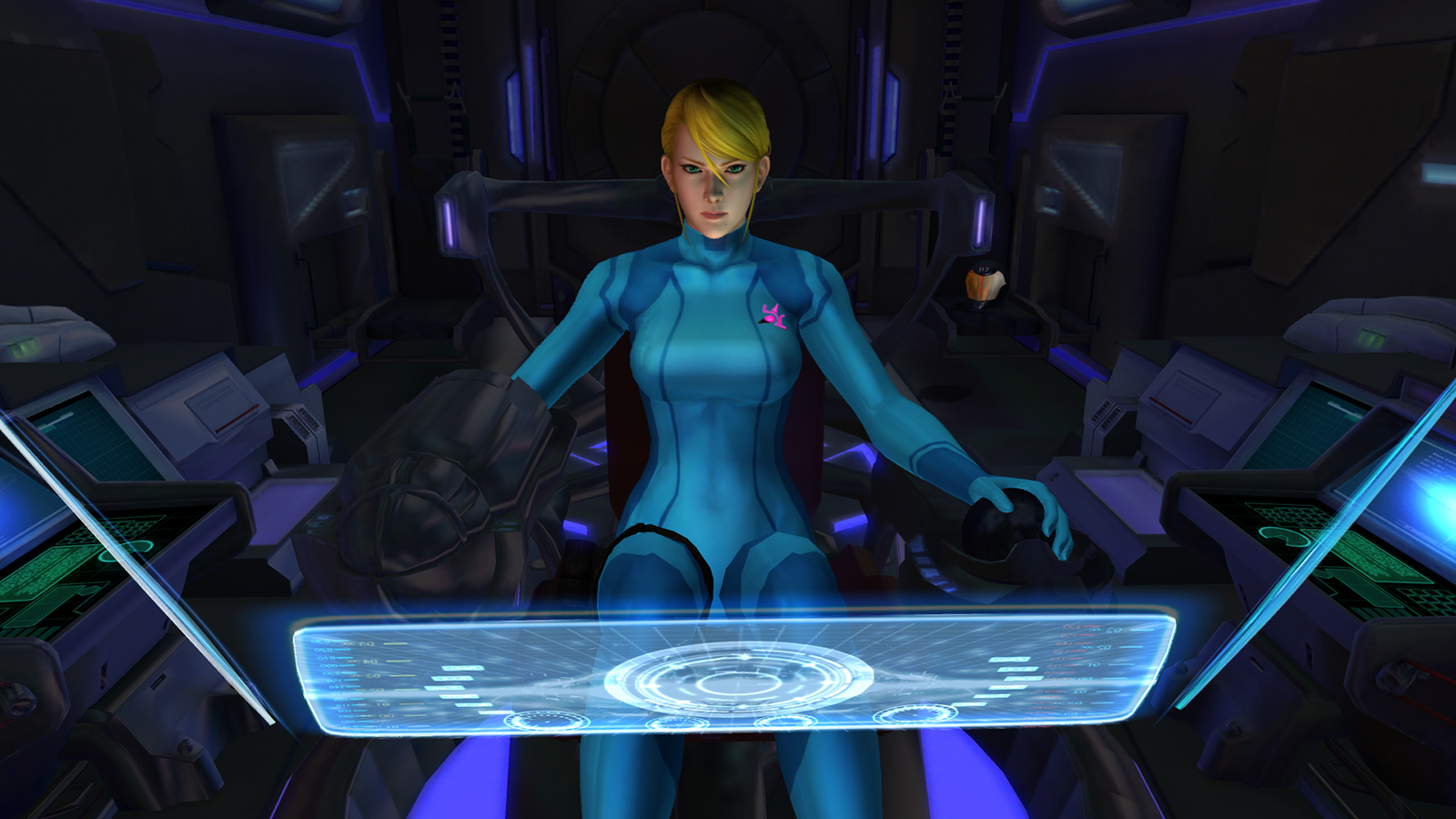The characters in a video game are one of the most
important elements of that game. Designers try to create characters that they
know their target audience will not only want to play as, but also ones that
they can relate to. The question is then why there aren't there more main female
characters, and why are the ones who do exist extremely flawed compared to
their male counterparts.
Throughout the history of video games, there has
been more main male characters then main female characters. Only 4% of the main characters in the top 25 selling games of 2013 were female. Different studies
have shown that since the 1990s, the number of female characters has remained
at 15%. The reason this is surprising is because the number of female gamers is
almost equal to the number of male gamers. As I stated in my previous blog post,
female gamers make up 48% of the industry. The question arises why there aren't more female characters then.
At an E3 conference in 2014, James Therien, who is
the technical director for Ubisoft, said that the new Assassin’s Creed game
would feature no playable female characters. The reason for this is because he says, it would have “doubled the work”. This seems like a bad excuse because it shouldn't take extra work to change a few features of the male characters to make them female.
There are basically two types of female characters:
the damsel in distress and the ultimate warrior. The damsel in distress would
be described as a female character that needs another character to save her from
someone/something evil. Perfect examples of this would be Princess Peach in the
Mario series and Princess Zelda in the The Legend of Zelda series. Their goal is only to be saved. Nowadays, both these characters have gained a following, especially among girls, and are even playable is their own games as powerful characters. An example is the Super Smash Bros series, which includes both these characters as fighters.
Princess Peach
Princess Zelda
The ultimate warrior on the other hand is a female
character who is strong and able to fight her own battles to accomplish a goal.
This doesn't sound bad at all; except for the fact the developers of these
games generally make these characters hyper-sexualized. Two examples of these
would Samus Aran from the Metroid series and Lara Croft from the Tomb Raider
series.
Samus, as seen in the first photo, is a very strong and powerful character. It is almost hard to tell whether she's male or female when she is wearing her armor. It's not until she takes her suit off that you know she's a woman, as seen in the second photo.
As you can see by this picture from the original Metroid on the NES,
many fans were surprised when they beat the game and found out that Samus was actually
a woman. The strange thing that Nintendo decided to do is to put Samus in a
bikini for absolutely no purpose.
As you can see by the picture of Lara Croft, the
body of Lara is extraordinary hyper-sexualized because of her immense body size
and perjuring breasts. As time has shown, the developers toned down the way
they animated her body and tried to make her into a strong, independent woman.
It should be
noted, however, that sometimes it is not always the intention of the game
developer to create sexist characters or sexist qualities. It is possible that
they could just be trying to create a strong female character, without even
take note of how they've designed her body. There are many examples throughout
history of powerful female women who have immense sexual features, so it’s
possible the developers weren't trying to be sexist, but instead just trying to
mimic these women. This is a theory I would like to pursue and find out more
about in future blogs.
.png/500px-Princess_Peach_(Fortune_Street).png)
.png/revision/latest?cb=20090611210758)



